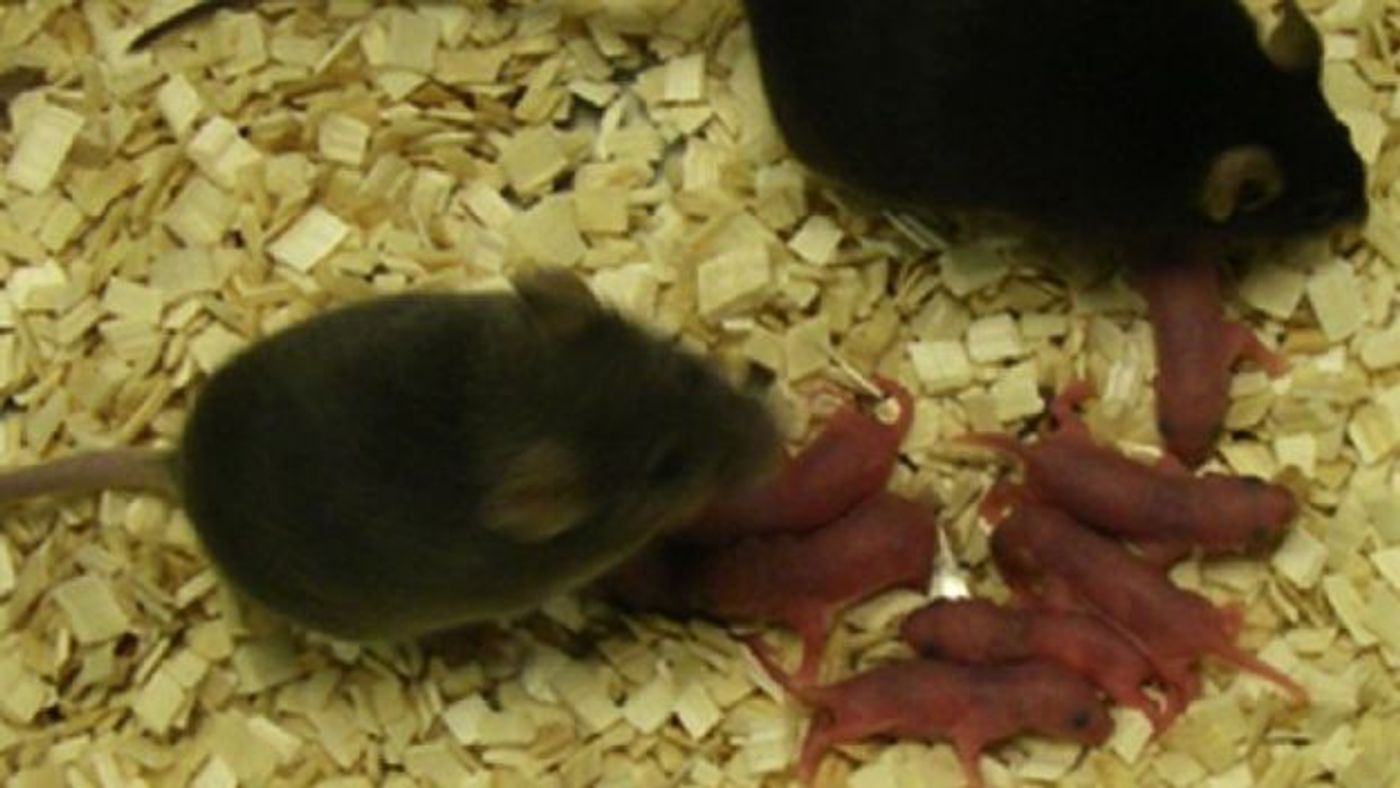A parthenogenote is derived from an unfertilized egg. Mammalian parthenogenotes are haploid, meaning they have only one set of chromosomes and while they will survive for a few days, they will not develop into a viable embryo, and while it is possible in theory, two parents are still currently necessary for the creation of a viable human embryo. Many advances have been made in this area, however, and it can be difficult to keep up with exactly what is possible, especially when considering ethical dilemmas these techniques may present.
Summarized in the video above, new research published in Nature Communications is sure to rock the boat even more. Scientists in the Department of Biology & Biochemistry at the University of Bath have reported that they developed a way to inject mouse parthenogenotes with sperm, and it enables them to develop into healthy baby mice. Their experiments had a success rate around 24 percent – compared to the zero percent viability of parthenogenotes and the two percent of nuclear transfer cloning, in which nuclear DNA is inserted into an oocyte.
"This is first time that full term development has been achieved by injecting sperm into embryos. It had been thought that only an egg cell was capable of reprogramming sperm to allow embryonic development to take place,” explained the senior author of the study Tony Perry, a molecular embryologist. “Our work challenges the dogma, held since early embryologists first observed mammalian eggs around 1827 and observed fertilization 50 years later, that only an egg cell fertilized with a sperm cell can result in a live mammalian birth."
He told the BBC News website that "This is the first time that anyone has been able to show that anything other than an egg can combine with a sperm in this way to give rise to offspring. It overturns nearly 200 years of thinking."
Because exactly what happens when a sperm fuses with an egg is still not completely understood, the scientists hope to reveal more about the mechanism of fertilization.
The mice that were born using the technique appear to be healthy, although the epigenetic characteristics of their DNA is different from than seen with normal fertilization. That suggests that altered epigenetics can result in the same developmental effects, something that has not been shown before.
Perry continued, "One possibility, in the distant future, is that it might be possible that ordinary cells in the body can be combined with a sperm so that an embryo is formed."
That could mean that a woman would no longer be required to create an embryo, and cells from two men might be combined to make a child.
Research published earlier this year by researchers in China demonstrated that sperm manufactured from stem cells could be used to fertilize an egg, resulting in healthy mice.
Dr Paul Colville-Nash of the Medical Research Council (MRC) who funded the work, reminds us that seeing results in the clinic because of this work could take time. "This is an exciting piece of research which may help us to understand more about how human life begins and what controls the viability of embryos, mechanisms which may be important in fertility. It may one day even have implications for how we treat infertility, though that's probably still a long way off."
Sources:
Cytogenetic Genome Research,
BBC,
Cell Stem Cell,
Nature Communications









